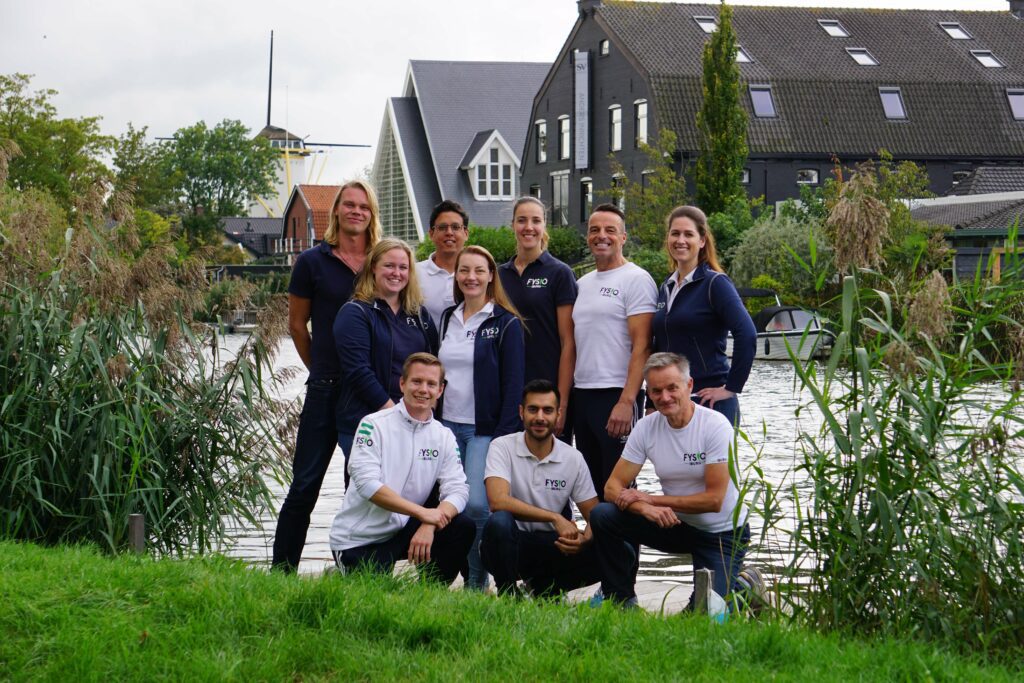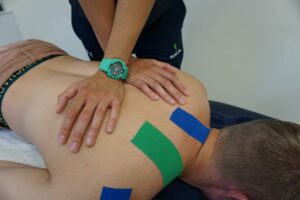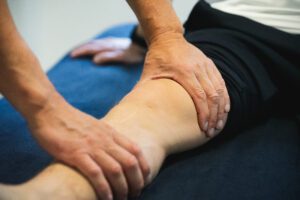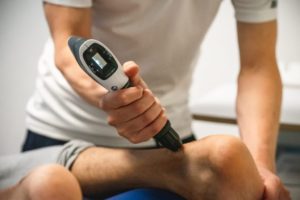What is ultrasound?
Ultrasound, also called ultrasonography, is mainly known to most people because of its use in pregnant women. The child in the womb can be made visible through a relatively simple action. However, there are several applications in which this imaging technique can be used. But first, what exactly is ultrasound?
Ultrasound has been used since 1960 and is a technique that uses very high ultrasound that reflects off certain structures of the body. This sound is not audible to humans, so you do not need to bring earplugs. The ultrasound comes from a 'transducer' or 'probe' that is held against the skin. A thin layer of gel will be placed between the skin and this device because the sound waves cannot pass through an air gap. The sound waves reflect differ in density from the tissue. These are captured by the transducer and then converted into images by a computer. In other words, the sound waves can show the superficial part of a bone but cannot pass through the bone. However, they can, for example, go through muscle, tendon and/or connective tissue to gain more insight into its structure.
What can ultrasound be used for?
Ultrasound can be used to gain insight into the size, structure, blood flow and possible damage (pathologies) of tissue in the body. One finds within the medicine applications in radiology, surgery, cardiology, urology, podiatry, anesthesia, general practices and gynecology.
In physiotherapy, this technique enables the care provider to form a good picture of 'soft' tissue. This includes tendon, muscle and connective tissue, but swellings or bursitis are also extremely suitable for this.
Conditions for which ultrasound can be supportive:
- Achilles tendon complaints
- heel spur
- tennis elbow
- calcifications in tendons
- Muscle tears
- Trauma to the ankle/knee/hip/shoulder
- bursitis
- irritation of tendons
- Impingement in the shoulder
The images or videos taken during an ultrasound will – if necessary – be saved and, if the patient agrees, shared with, for example, a general practitioner or orthopedist. This can be used, for example, for a back-reference.
Benefits of ultrasound.
The advantage of ultrasound for the physiotherapist is that he/she can create a complete picture of the complaint. An interview and a physical examination, supplemented with an ultrasound examination, offer great added value for diagnosis in current physiotherapy practice. This allows a clear and adequate treatment plan to be drawn up. So far, no adverse effects have been reported from its use and it can therefore be called a safe research method.
An ultrasound examination is considered a regular physiotherapy consultation by the insurance company and will not incur any additional costs. Provided you are insured for physiotherapy, you are also insured for this.
Disadvantages of ultrasound.
The sound waves do not penetrate the bone and therefore cannot be used to diagnose bone fractures. In addition, making and interpreting an ultrasound is not exactly easy. It requires craftsmanship and experience to obtain images of a quality that make it possible to create a reliable image diagnosis to set. The images are for someone who has not been specially trained in this physician cannot be properly interpreted.
Our ultrasound technicians.
Stefan Vorstenbosch and Joris de Vries completed their ultrasound training at the AMC in Amsterdam 2 years ago.
Would you like to know more about ultrasound?
Do you know someone who would benefit from a professional ultrasound or do you need one yourself? Call for an appointment or send an email. If you would like to learn more information, please visit: Ultrasound – Physiotherapy Iburg










